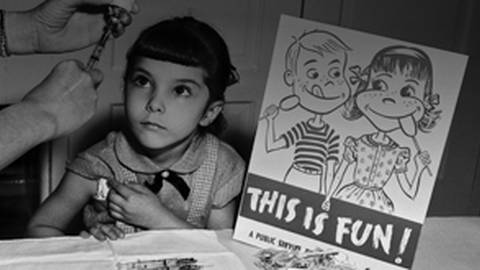Until the late 1960s, tens of thousands of American children suffered crippling birth defects if their mothers had been exposed to rubella, popularly known as German measles, while pregnant; there was no vaccine and little understanding of how the disease devastated fetuses.
In June 1962, a young biologist in Philadelphia, using human tissue samples sent from Sweden, produced a line of cells that allowed the creation of vaccines against rubella and other common childhood diseases. Two years later, in the midst of a massive German measles epidemic, the vaccine that would one day wipe out homegrown rubella was introduced. This vaccine has since protected more than 150 million people in the United States, and its development method has also led to other vaccines that have protected billions of people around the world from polio, rabies, chicken pox, measles, hepatitis A, shingles, and adenovirus.
Host Dr. John Russell chats with Meredith Wadman, author of The Vaccine Race: Science, Politics, and the Human Costs of Defeating Disease, about the story of both the science of this urgent race and the political and ethical controversies that nearly ended it prematurely.



Facebook Comments